EV highway range, GM charging, Toyota electric sports car, Cybertruck cost: The Week in Reverse

Which mass-produced, U.S.-available EV is getting put to the test in Europe with battery swapping?
Why is Rivian reportedly reengineering its battery packs?
This is our look back at the Week In Reverse—right here at Green Car Reports—for the week ending December 9, 2023.
Green Car Reports named its four finalists for Best Car To Buy 2024. What are these four plug-in models new for this year, and which are the cleanest, greenest, and best for treading lightly?
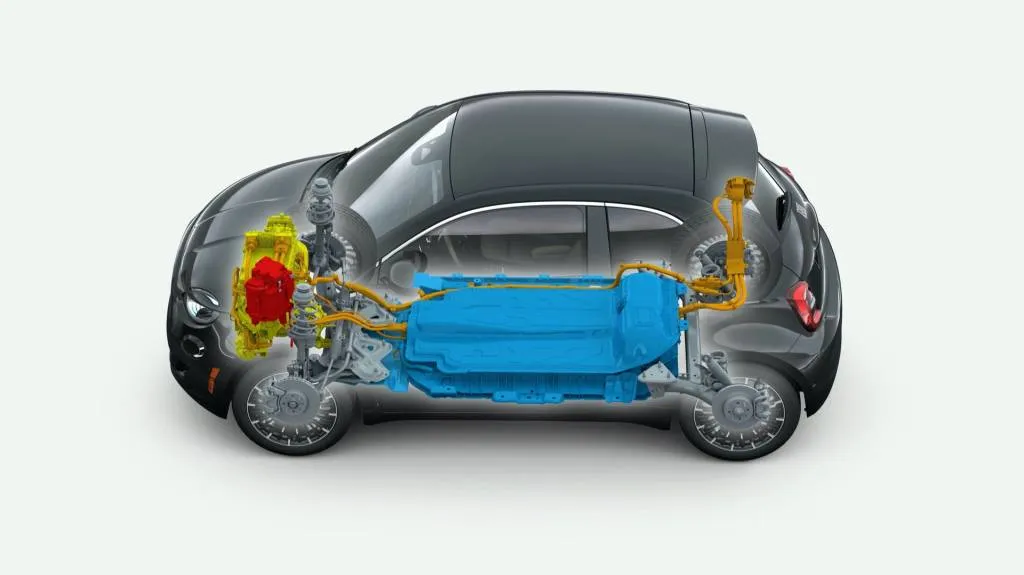
2024 Fiat 500e
Fiat revealed 500e pricing, range, and feature details for the long-awaited U.S.-bound version of this second-generation electric minicar. The 2024 Fiat 500e starts at $34,095 and is rated at 149 EPA miles of range. Just don’t expect the $49-a-month leases of the previous-generation car.
Fiat’s parent Stellantis announced it’s testing EV battery swapping from Ample on 100 Fiat 500e electric cars that are part of the company’s Free2Move car-sharing service—and that means a fully charged battery in five minutes. With this trial, it’s seeing if battery swapping can scale up, or extend out to other upcoming EVs from Stellantis’ many brands, including Jeep and Dodge.
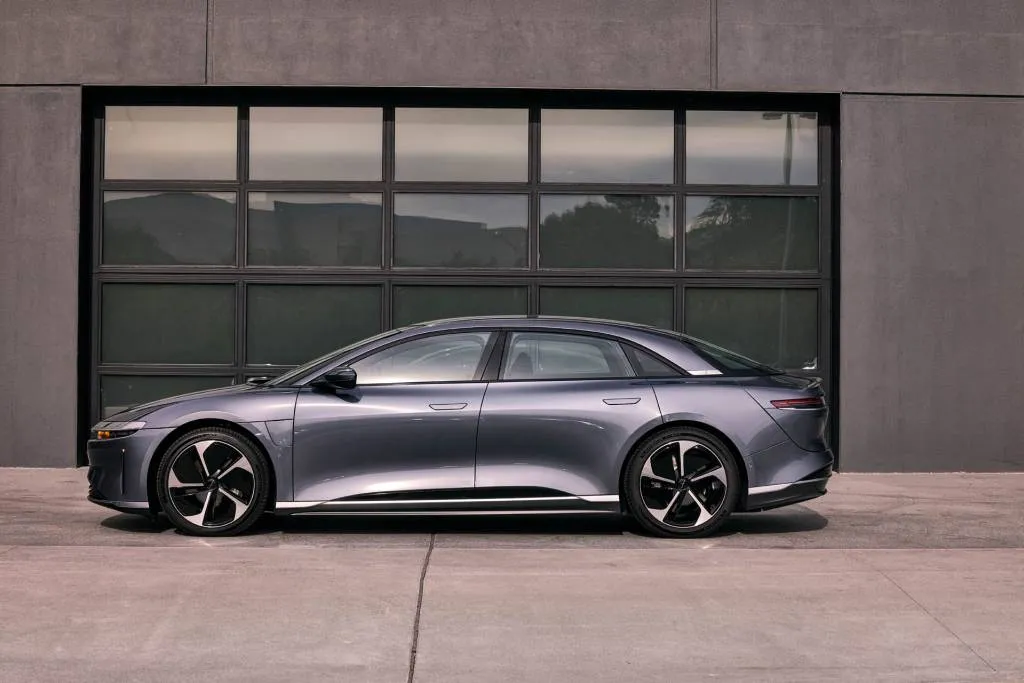
2024 Lucid Air
The 2024 Lucid Air lineup starts at $78,900, in its Pure form, and restructured feature availability allows some items like the metal or glass roof, to become independent of the version. Further, Lucid says a revamped Grand Touring—the model that makes the most of the larger battery pack in the Air lineup—will have an updated powertrain with better thermal performance for longer periods of “spirited driving.”
The British specialty sports car maker Morgan on Wednesday revealed the XP-1 electric three-wheeler, featuring a powertrain developed in-house and a weight of only around 1,500 pounds for this two-seater. Although still a prototype, this model could shape up to be a more vintage-styled alternative to the long-awaited Aptera.

Morgan XP-1 prototype
Toyota has revealed a compact EV, called the Urban SUV Concept, for the European market. Could it be a further development of the bZ Compact SUV Concept that Toyota showed last year and suggested might also be U.S.-bound?
Toyota also released more information about the FT-Se electric sports car concept shown last month at the Tokyo auto show. About the same size as the Supra, but a little lower and wider, it showcases the potential of more energy-dense next-generation battery tech, Toyota says.
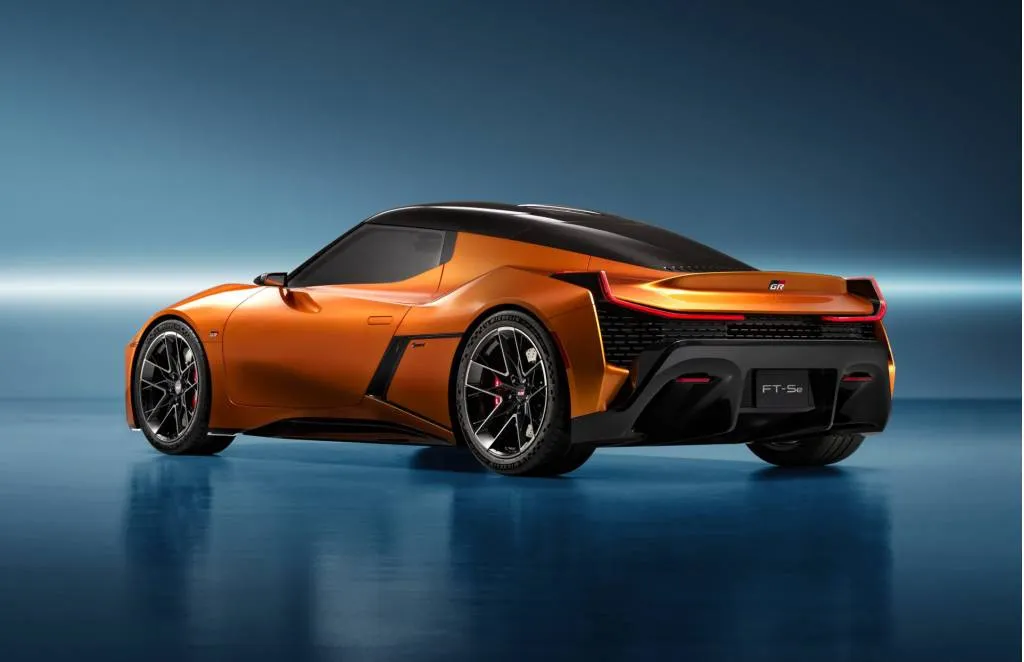
Toyota FT-Se concept
When GM is ready to ramp up its EVs, it has a little more support. The EV fast-charging network from GM and Pilot Travel Centers has announced the opening of its first 17 locations. It aims to deploy multiple 350-kw connectors at each site, with up to 2,000 stalls and 500 locations on the way—including 25 locations by the end of 2023 and 200 locations by the end of 2024.
Rivian developing a simplified battery pack for its R1S and R1T electric trucks that might take thousands of dollars of cost out? Although these trucks’ packs get more energy into less volume, easier manufacturability and lower cost could show that there’s still plenty of room for improvement.

Ford Intelligent Backup Power – F-150 Lightning
Ford, on the other hand, has taken the bidirectional charging capability built into the F-150 Lightning a step further with a new partnership that explores integrating its vehicle-to-home (V2H) tech with smart thermostats. That could result in cleaner energy, less strain on the grid, and lower energy bills for F-150 Lightning owners.
Updated results on the range of the latest EVs from Consumer Reports highlighted what needs to be emphasized for anyone considering an EV: EPA range for EVs isn’t a highway number. That said, CR found that some models from Mercedes-Benz and BMW actually exceeded the EPA range at 70 mpg—a great thing—while others including Lucid and Tesla fell short.
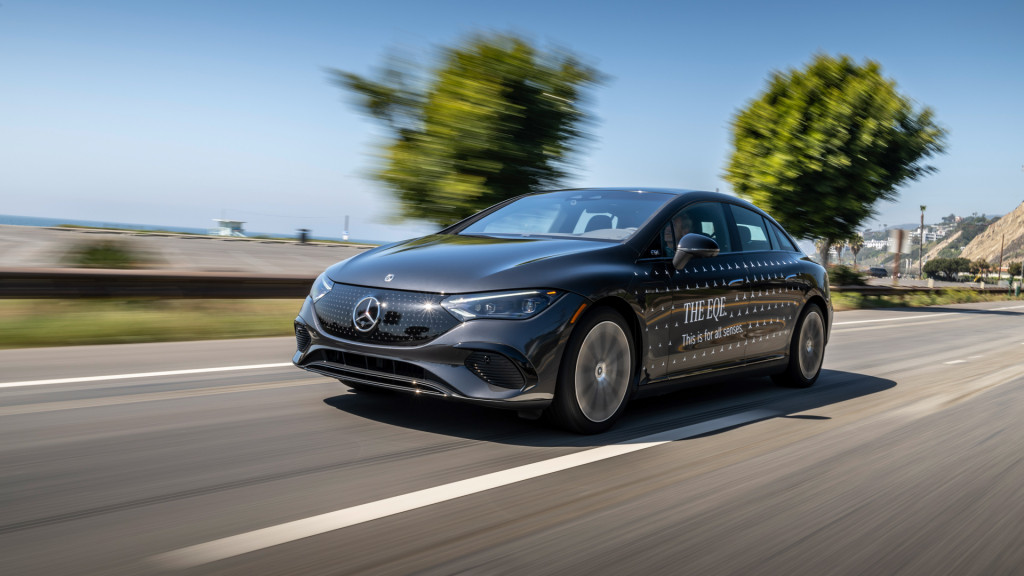
2023 Mercedes-Benz EQE 350+
Jeep and Dodge parent company Stellantis is the latest automaker to fight California emissions rules, claiming that they’re giving several other automakers that opted to cut an early deal with the state’s Air Resources Board a competitive advantage. To help meet the stricter California rules, Stellantis has already announced plans to decrease non-hybrid sales in California emissions states.
According to a recent Bloomberg report, EV-critical lithium prices are falling—as are those for other key battery materials. It’s a refreshing turnaround after a raw-material price surge in 2022 that ultimately played a role in EV affordability and profitability. Now, excess manufacturing capacity as the market grows may be affording automakers some added flexibility and, perhaps, that will lead to more affordable EVs.
The U.S. Department of Energy and Treasury Department released proposed rulemaking about the “foreign entity of concern” requirements within the Inflation Reduction Act of 2022—and it will play a big role in how the electric vehicle market continues to take form. Whether looking at the origin of critical materials or the corporate ownership behind brands, many more EVs won’t be tax-credit-eligible in 2025.
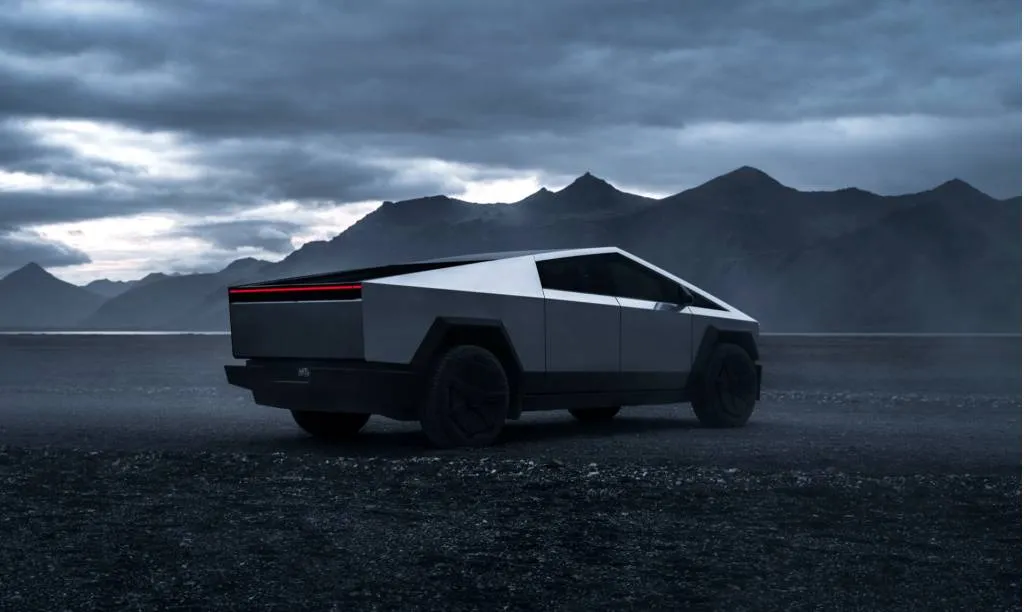
2025 Tesla Cybertruck – Courtesy of Tesla, Inc.
Initial deliveries of the Tesla Cybertruck are reportedly at a cost of $121,985 with destination. Meanwhile, the EPA confirmed that the Tesla Cybertruck qualifies for a $7,500 EV tax credit—however the EPA’s inclusion of the Cybertruck for 2023 left lots of questions about Tesla’s intended Cybertruck pricing and arrival dates.
And as food for thought on the weekend, electric vehicles currently make up a third of the luxury vehicle market, according to a recent summary by the U.S. Energy Information Administration (EIA). Yet EVs make up less than 2% of the non-luxury vehicle market. It’s one of many indicators of a lopsided U.S. EV market with respect to pricing and affordability. While EV interest is strong, the survey giant J.D. Power recently argued that there’s a “missing mass market” for EVs. In this complex situation, with some suggesting EV demand is slowing, it’s simply a lack of offerings priced and positioned for the mass market that could be the dealbreaker.
_______________________________________




